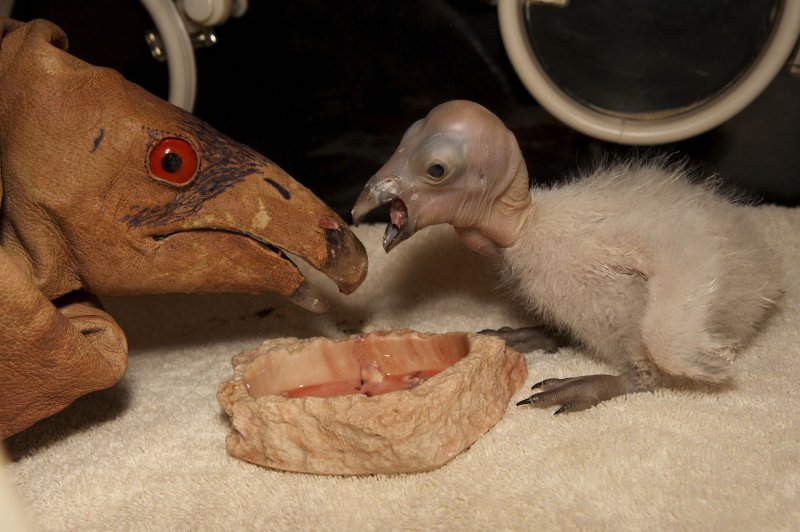SAN DIEGO, Jan. 20 (UPI) -- Deaths of endangered California condors in the wild are still largely caused by human activity, with lead poisoning being the primary factor, a report says.
The San Diego Zoo Institute for Conservation Research study of the deaths of wild California condors at all release sites in California, Arizona and Baja, California, Mexico, found 70 percent (53 out of 76) of condor mortalities could be attributed to human influences.















